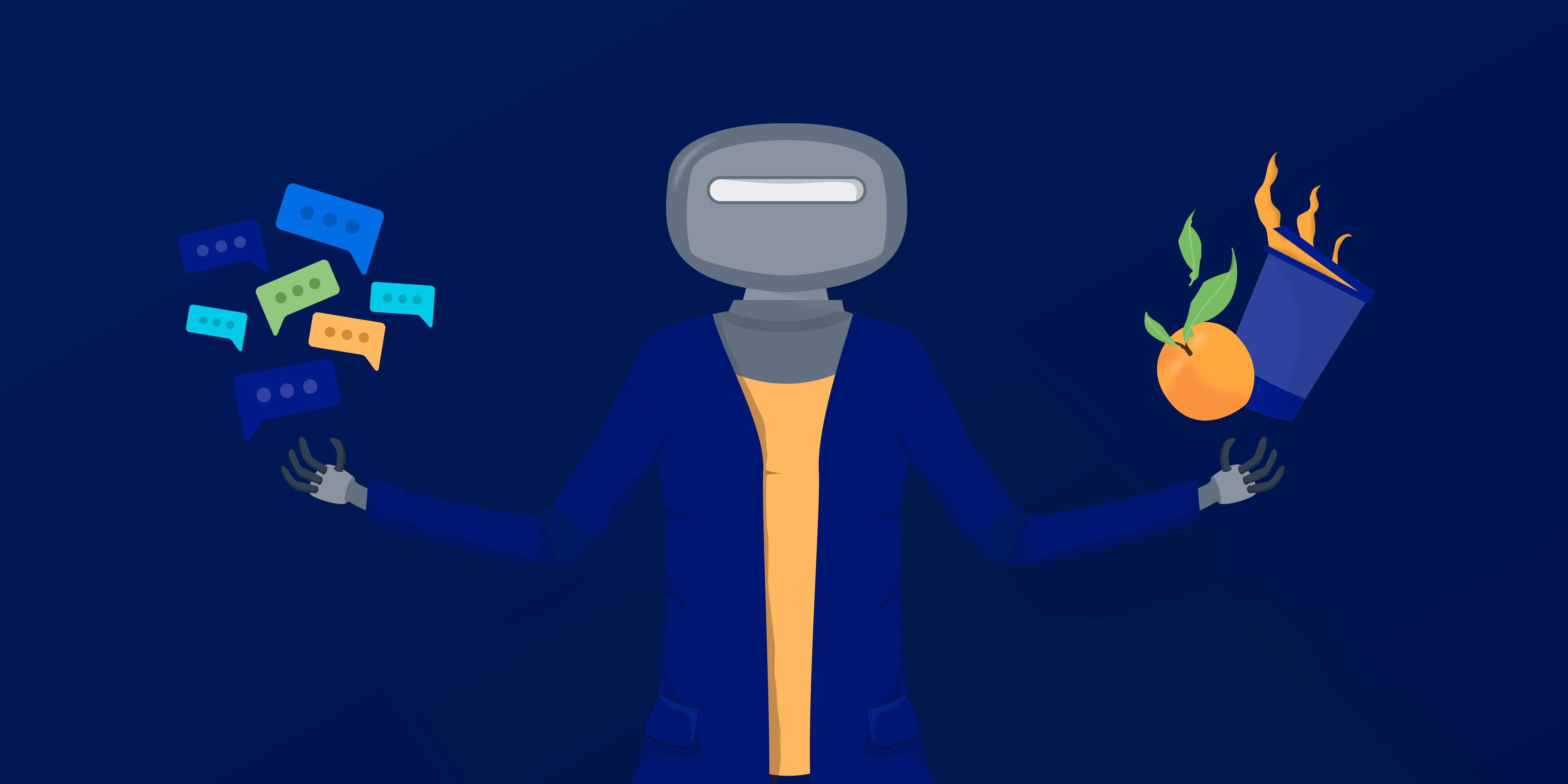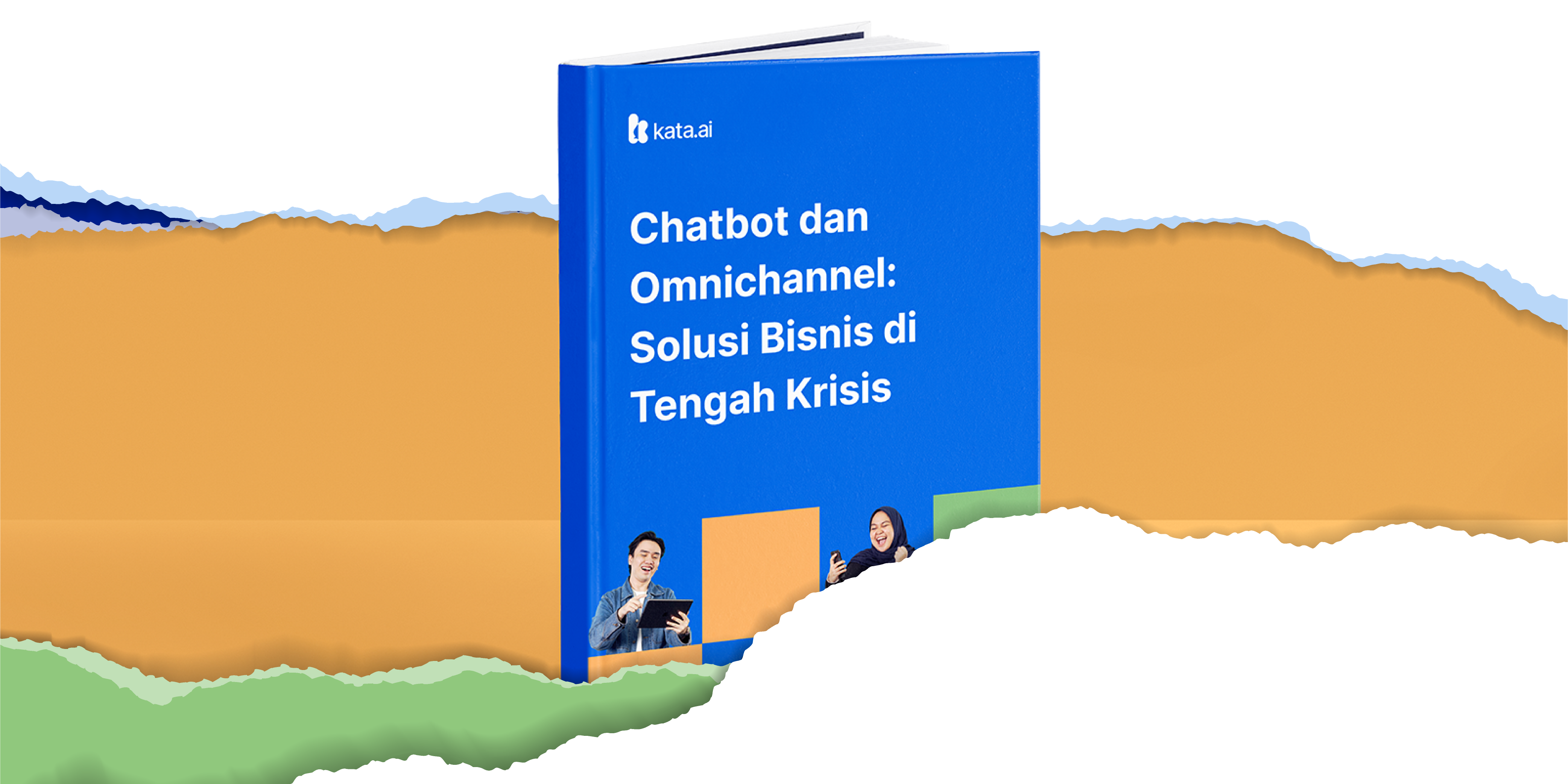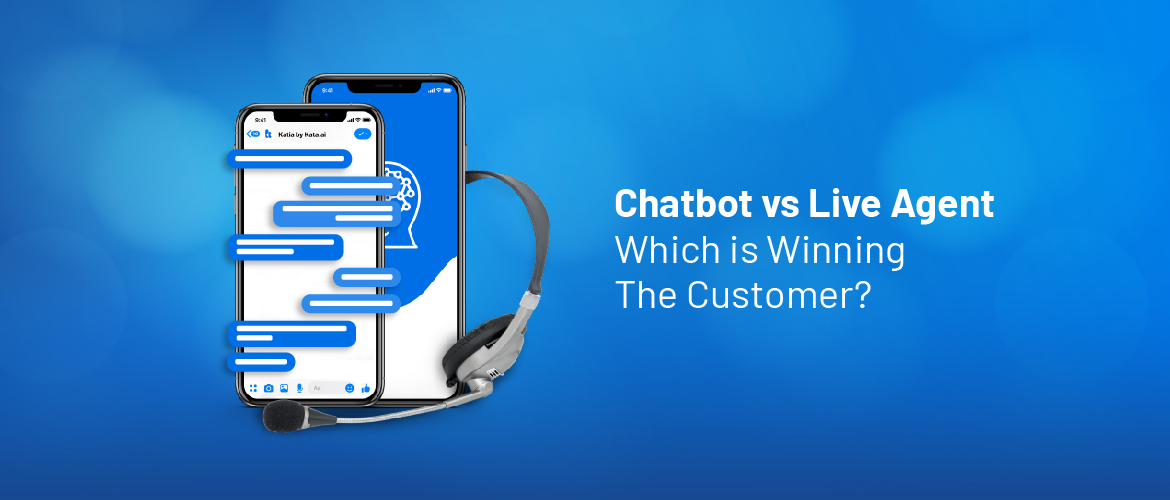The general public, technology enthusiasts, and business players may be familiar with the term chatbot by now, which was often used particularly when discussing the way businesses communicate with their customers.
The chatbot is an important technological advancement that has transformed how buyers can reach out to sellers and shape the future of customer experience. But what exactly are we talking about when we refer to “chatbot”?
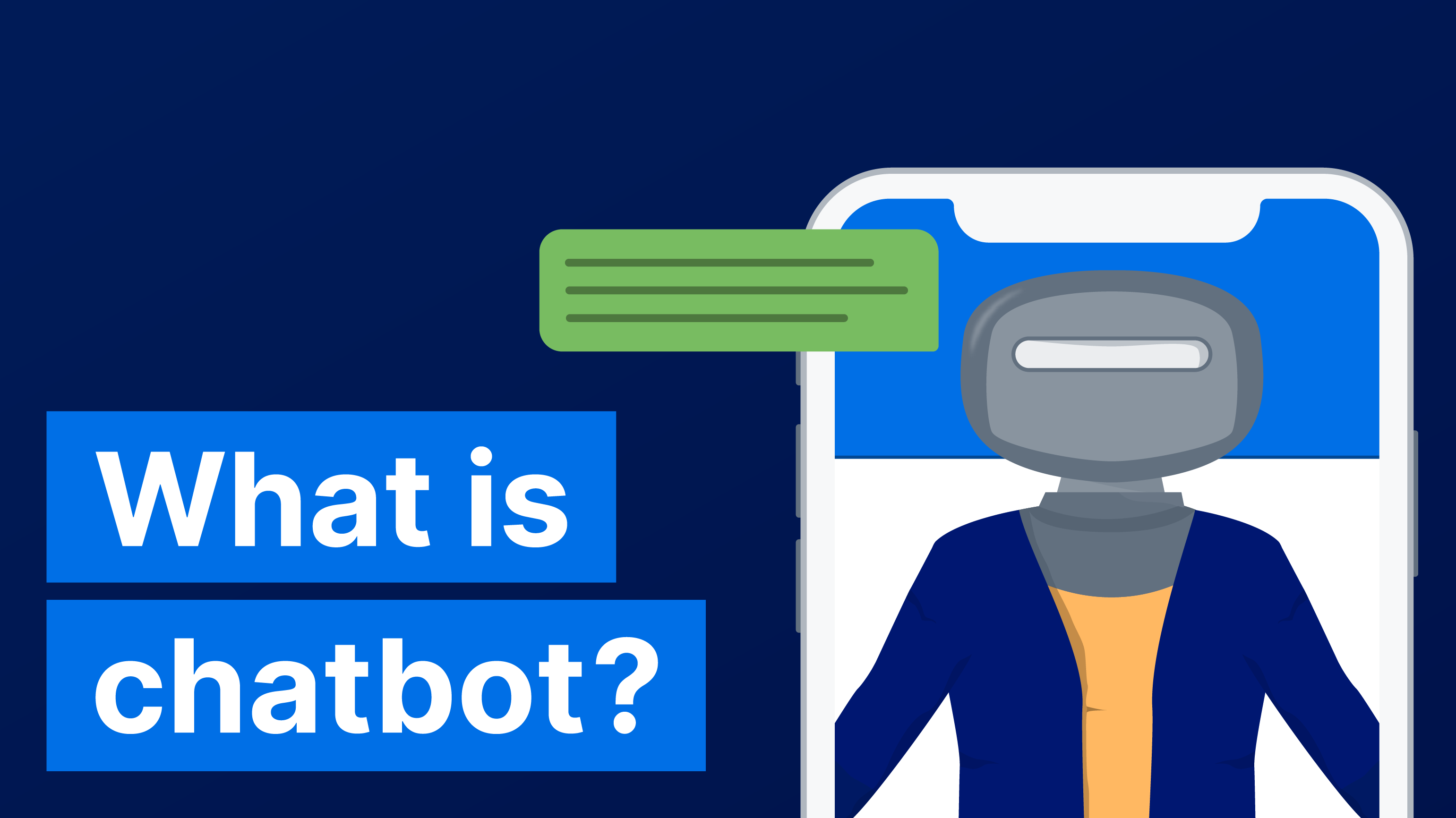
What is a chatbot?
By definition, a chatbot is essentially a computer program that is designed to simulate conversations just as if they were carried by another human being. So, in theory, you would be able to talk with a chatbot just like you would with your friend.
When you said something to the chatbot, let’s say that you told them that you had cereal for breakfast, the chatbot should be able to determine the meaning and intent behind your statement and provide a contextual and helpful response.
Now, for a computer program to be able to do that is no simple feat. The basic kinds of chatbots can use simple keyword detection and try to generate an automated response using common phrases fetched from an associated library or database. However, an advanced chatbot that can understand the meaning and intent of a conversation is usually powered by advanced and sophisticated technologies.
Using artificial intelligence technology, an advanced chatbot is able to process the large amount of data required to handle millions of queries at a time. At the same time, Natural Language Processing (NLP) allows the chatbot to understand inputs and deliver responses in a conversational way.
In addition, advanced automation enables the chatbot to carry out the conversation with little to no human intervention, and Machine Learning (ML) allows the chatbot to be trained to provide a smarter and quicker response the more it was used.
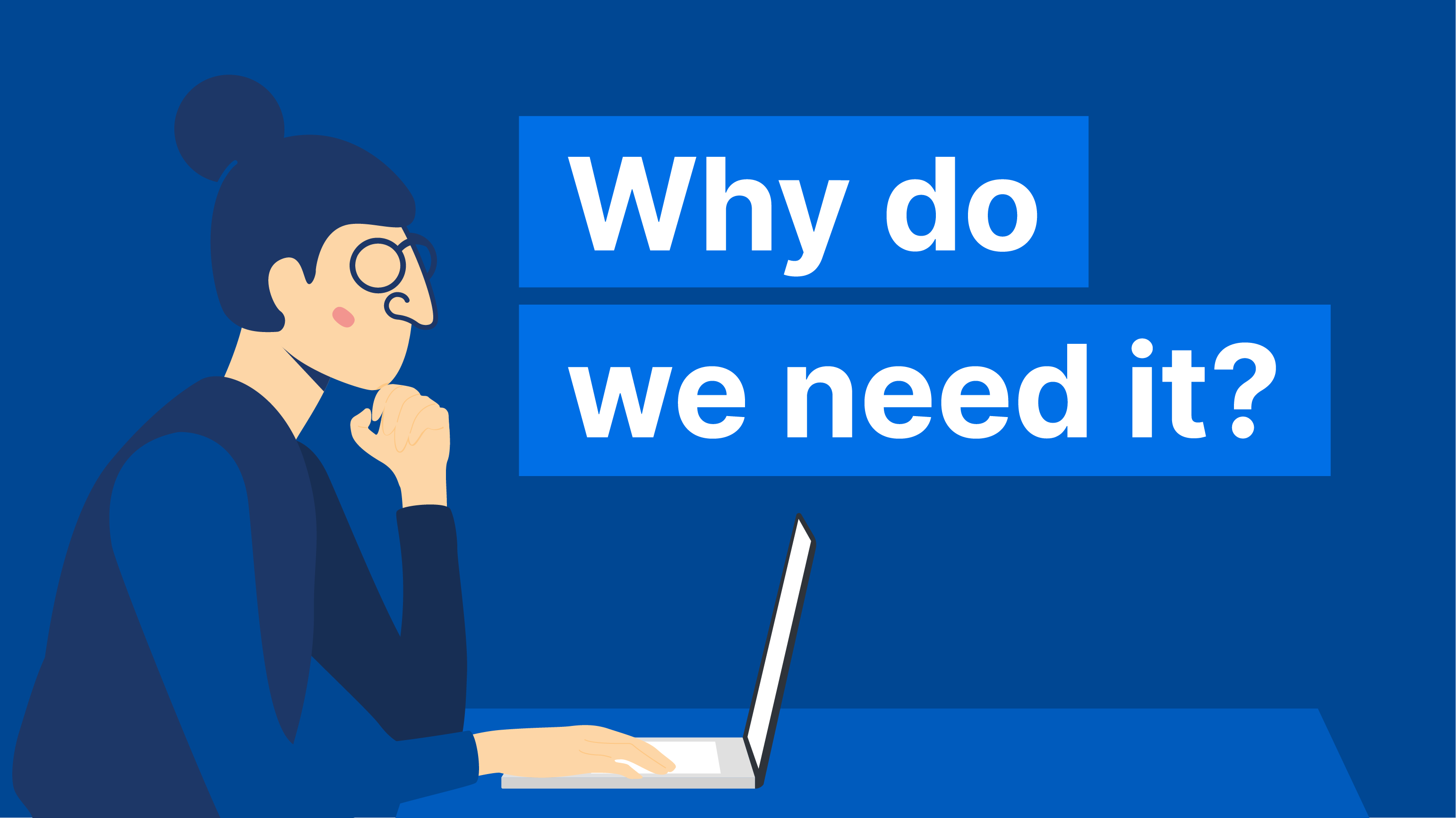
Why were chatbots needed?
The development of instant text-based communication is the backbone of chatbot development. Since its conception, people have begun to massively adopt text messaging that has become the preferred method of communication for the vast majority, with several major chat platforms having millions of active users with billions of messages exchanged every day.
That preference translates to business as well, where research conducted by Soprano Design in 2019 suggested that 69% of people would rather use their phone than approach an in-store employee. In addition, 65% of those consumers also feel more positive toward businesses that offer communication through messaging.
These trends paved the way for businesses to start using text-based communication to engage with their customers. But why do companies need to communicate with their customers in the first place?
For businesses that deal directly with customers, it is also highly recommended to establish some sort of customer communication system dedicated to handling questions, queries, complaints, or any other kinds of business communication with customers.
Businesses usually did this in the form of a customer service team with people dedicated to answering all sorts of questions, to make sure that the customers can have a place to resolve problems and be well informed about their products and services.
However, as the businesses continue to grow, it has become more difficult for them to engage with customers, who have probably reached the ballpark of hundred-thousands to millions in numbers.
For example, handling questions and complaints from millions of customers in a timely manner would be challenging without hiring an equally massive customer service force. This resulted in the need for massive spending in customer service employment and caused major inefficiency issues, both for established enterprises and emerging businesses.

How can businesses benefit from a chatbot?
With the power of chatbot automation, businesses can engage with their customer better and faster than ever, ranging from providing timely and always available customer service to providing a more personal conversational experience.
Here are some of the ways businesses can benefit from using a chatbot:
1. Provide instant customer service
With most customer queries being frequently asked questions (FAQs), a chatbot can be programmed and trained for customer service purposes and to respond to those recurring and straightforward questions. The ability to provide instant response and be available 24/7 also enables customers to receive answers in a timely manner.
This way, businesses can reduce the workload of customer service agents, who can dedicate their time to handle more complex and high-touch inquiries that require human attention.
2. Reduce operating costs
By automating recurring queries, FAQs, and other simple tasks, businesses can also avoid increasing operational costs required to hire more agents and workers. BI Intelligence estimated in 2016 that companies could save up to 30% customer service cost by implementing a chatbot.
3. Engage directly with customers
Aside from proprietary apps and websites, businesses can also deploy their chatbot into popular messaging platforms such as WhatsApp, LINE Messenger, and Telegram so that they can engage with their customers from their favorite chat apps.
This means that businesses can also reach out to their customers directly to provide information on products and services, keep them updated on the latest promotion and campaigns, and ask for valuable feedback.
4. Gain valuable customer insights
With data gathered from customer conversations with the chatbot, businesses can also gain valuable insights such as purchasing behavior and product preferences that can help them provide better and more tailored products, promotions, and campaigns.
By using chatbots, businesses have been able to be more efficient and provide a better customer experience than ever before. Companies have reported faster complaint resolution and an overall high satisfaction rate from chats handled by chatbots.
In Indonesia, Kata.ai has been trusted by hundreds of companies across multiple industry verticals for their chatbot solutions. From helping telecommunication companies provide instant customer support to helping retailers give interactive marketing campaigns and loyalty programs, our solutions have helped companies in Indonesia achieve more.













